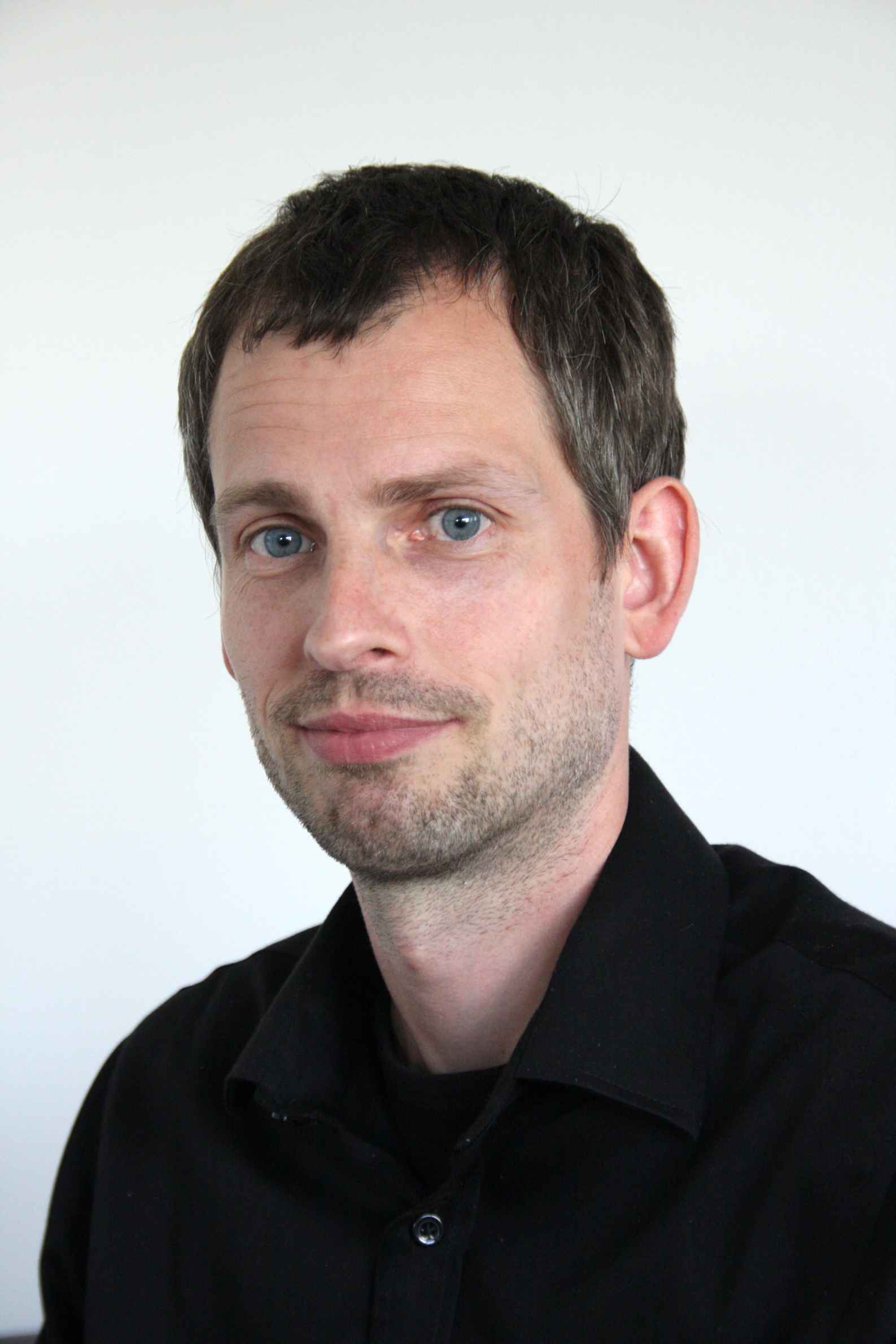Engineering Experience (Part 4 of 4)
Part 3 dived into technical proficiency and how to leverage it, focusing on shaping technical strategy and solving high-complexity problems. In this final part of the series, we’ll dive into the often-overlooked but equally critical aspects of the role, which include mentorship, process improvement, and fostering a culture of growth and knowledge-sharing. These contributions amplify not only your individual impact but also the overall performance of your team and the broader organization.

Sharing Knowledge and Mentorship 🤝
One of the most rewarding aspects of stepping into a Staff Engineer role is the opportunity to directly shape the growth of individuals around you. Sharing knowledge and mentoring teammates creates a ripple effect that elevates the performance of the entire team. But it is not limited to this role and is a great way to impact others on the path to becoming a Staff Engineer.
Why Mentorship Matters
Mentorship extends far beyond answering questions or pair programming. At its core, it encompasses:
- Accelerating learning: When you help others navigate challenges you've already faced, the entire team becomes faster and more effective.
- Fostering confidence: By encouraging less experienced engineers to take ownership, you empower them to drive their own initiatives.
- Building resilience: Through shared knowledge, you reduce bottlenecks and create redundancy, ensuring the team doesn't depend too heavily on any single person.
Through mentorship, you help create an environment where junior and mid-level engineers are set up to succeed independently.
A Practical Example: Mentorship Through Pair Programming
I vividly recall mentoring a colleague through a challenging debugging session during a pair-programming session. Rather than solving the problem myself, I focused on guiding him through the process:
- We worked together to identify potential areas in the code that could be causing the issue.
- Along the way, I shared practical debugging tips (like strategies for adding targeted logs) and explained why these approaches worked well.
- As we debugged, I made sure to encourage reflection on the root cause of the bug and discussed how similar issues could be avoided in the future.
In parallel, I shared small but helpful efficiency tips, like IDE shortcuts and clean coding habits, to help improve his day-to-day workflows. Over time, I saw his confidence grow — not just as a problem solver but also as someone who could independently tackle high-stakes challenges.
How to Excel as a Mentor
Mentorship is a cornerstone of leadership. To amplify your impact, consider these tips:
- Focus on teaching frameworks, not just solutions. Instead of handing over answers, teach mentees how to think critically and approach problems systematically.
- Create safe spaces for learning. Encourage questions, emphasize that failures are learning opportunities, and celebrate small wins.
- Be intentional with feedback. Provide constructive and actionable feedback that helps mentees grow.
- Adapt your style. Different people learn differently—some may appreciate direct guidance, while others benefit more from being nudged toward discovery on their own.
When mentorship becomes second nature, you'll build a team of engineers capable of multiplying their own impact, just as you do.
Improving Engineering Processes ⚙️
Another key area is in improving processes. Anyone who has worked in engineering knows that inefficiencies, bottlenecks, or unclear workflows can create unnecessary friction in delivering high-quality software. Identifying and addressing these systemic issues will create lasting benefits for teams.
Why Processes Matter
Processes aren’t something to apply for the sake of it — they are guardrails that exist to:
- Reduce unnecessary churn and rework.
- Improve collaboration by formalizing workflows.
- Make iterative progress more predictable and less chaotic.
By addressing inefficiencies or enhancing repeatable workflows, you can dramatically improve delivery outcomes and create a more enjoyable working environment for all contributors.
A Practical Example: Documentation as a Pillar of Process
In one of my teams, we observed recurring delays during code review cycles. Tickets often sat in review for extended periods because engineers lacked upfront clarity on implementation details. This led to avoidable back-and-forth discussions, resulting in wasted time and effort.
To address this, one of my colleagues suggested investing more time in documentation before starting implementation. Engineers were encouraged to write short design proposals for complex tasks and to document anticipated challenges or trade-offs. Some key outcomes:
- Increased clarity upfront: Discussions during ticket grooming became more focused, with fewer ambiguities to resolve mid-implementation.
- Fewer blockers during reviews: Reviewers had sufficient context at the start, shortening feedback cycles and reducing churn.
- Improved collaboration efficiency: Cross-team dependencies were identified much earlier, leading to smoother handoffs and better alignment across teams.
Even small tweaks like these can create a meaningful impact on team performance. By advocating for better documentation as part of the engineering process, this Staff Engineer eliminated a significant pain point for the team.
How to Improve Processes
If you see an opportunity to improve processes within the team, here’s how you can be proactive:
- Start with pain points. Focus on small inefficiencies that create disproportionate friction and prioritize solving those.
- Gather buy-in. Collaborate with your team to ensure any proposed changes align with their workflows, increasing adoption.
- Iterate. Start small, measure the impact of process changes, and adjust based on feedback. Avoid over-engineering (e.g., adding unnecessary bureaucracy).
- Document and share improvements. When processes are successful, memorialize them so they can benefit other teams or future projects.
Process improvements may appear small on the surface, but their cumulative effect can be transformative for team operations.
While well-designed processes provide structure, it's culture that brings these frameworks to life and determines how effectively they're embraced.
Building a Strong Culture 🌱
The final hallmark of making an impact is the ability to influence and shape team culture. While engineering culture is often viewed as an abstract concept, it profoundly affects how individuals approach work and collaborate. A strong culture fosters trust, continuous learning, and a sense of shared purpose.
Why Culture Matters
A positive engineering culture:
- Encourages psychological safety, allowing team members to share ideas and take risks without fear of judgment or failure.
- Promotes accountability, where individuals own their work and learning instead of relying solely on others.
- Fosters collaboration by aligning values, such as knowledge-sharing and helping teammates succeed.
When you lead by example through your actions, you are serving as a role model for others and help instill values the company stands for.
A Practical Example: Championing Psychological Safety
At LeanIX, I saw the value of creating an environment where experimentation was encouraged and mistakes were seen as learning opportunities. I made it a point to:
- Encourage experimentation. When a junior engineer proposed a novel approach to solving a problem, I supported them and offered guidance instead of defaulting to a safer alternative.
- De-stigmatize failure. When something went wrong in production, I framed the issue as a platform for learning rather than assigning blame.
- Seek inclusive input. During meetings, I ensured quieter team members had chances to contribute, signaling that all voices mattered.
By consistently championing these behaviors, I helped foster a culture where the team felt empowered to innovate, share ideas, and take ownership of their work.
How to Build and Protect Team Culture
To influence culture, focus on these practices:
- Model behaviors you want to see. Be an example of collaboration, accountability, and integrity.
- Advocate for shared ownership. Encourage individuals to take responsibility for their actions and decisions.
- Celebrate small wins and efforts. Acknowledge progress as much as outcomes. Recognizing effort fosters a growth mindset.
- Nurture trust. Ensure team members feel safe asking questions, proposing ideas, and admitting when they need help.
Culture is a long game—it’s shaped through repeated interactions, consistent behavior, and mindful actions over time.
The Legacy of a Staff Engineer: Empowering Teams
At its core, the Staff Engineer role is about amplification. Whether through mentorship, process improvement, or cultivating a team culture, Staff Engineers ensure that their impact goes far beyond the work they deliver individually. By investing in these aspects of the role, you help build not just stronger systems, but also stronger teams, which is arguably the most lasting legacy you can leave.
Final Reflections
This concludes our four-part series on growing into a Staff Engineer role. To recap:
- Part 1: Having an Impact We explored the evolution of roles and the critical importance of impact.
- Part 2: Multiplier Effect We discussed how Staff Engineers magnify their influence through cross-team collaboration and leading large-scale projects.
- Part 3: Technical Proficiency We examined how they shape technical strategy and solve high-complexity problems.
- Part 4: Sharing Knowledge We focused on mentorship, improving processes, and fostering team growth.
No matter where you are in your journey, the question remains the same: How can you amplify your impact? Whether through technical excellence, leadership, or team dynamics, Staff Engineers create change that reverberates far beyond their individual contributions. As a senior engineer you need to step up in your current role and take on responsibilities that fall under any staff role. Applying impact in your company as suggested in this series should help you get closer to your goal becoming a Staff Engineer.
What part of becoming Staff Engineer journey resonates the most with you? Are there areas you’re working to improve in your role? What common pitfalls do you see?
Published by...
